Review Summary
Expert Rating
Realme has just announced its latest smartphone lineup called the X7 series, and it comes as the company’s first launch of 2021. I have already reviewed the Realme X7 Pro, but its sibling, the Realme X7 certainly deserves a close look as well. It was earlier speculated that Realme would be pricing the new devices very competitively and now that the official prices are out, I’m not disappointed. Launched at Rs 19,999, the X7 does find itself competing against a ton of other devices, both from other brands as well as its own Realme-branded sublings. In typical Realme fashion, the phone packs in some of the best internals that can be fetched for the price. This includes the 5G-capable MediaTek Dimensity 800U chipset, with the X7 being the very first phone in India rocking this SoC. You also get a Super AMOLED panel, one of the lightest bodies, and superfast 50W charging speeds. With such specs on paper, there is a lot of merit in buying the Realme X7, but how good is it in real life? Let’s find out in this detailed review.
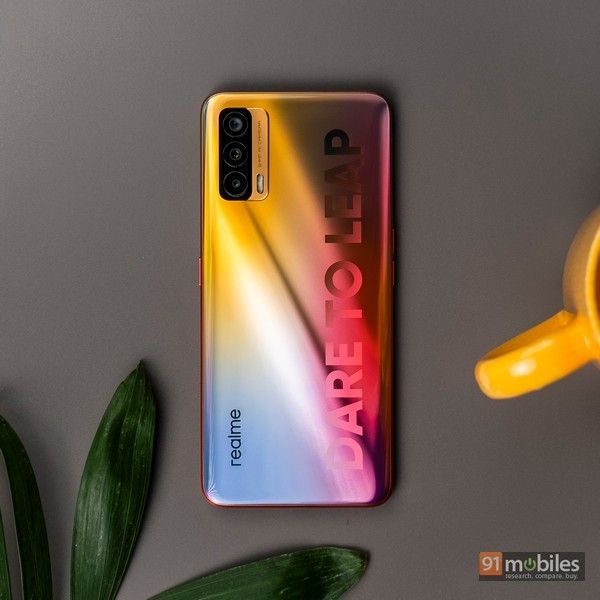
Verdict
Priced very competitively, the Realme X7 packs in all the specs you would want from a mid-range smartphone. It can give more expensive devices a run for their money as far as processing power and camera performance is concerned. The GPU does look like it could be better and the charging speed, while optimum, slightly lags behind the company’s similarly priced Realme 7 Pro (review). While you get a stellar smartphone experience with the Realme X7, you would do well to look at some of the competing products as well.
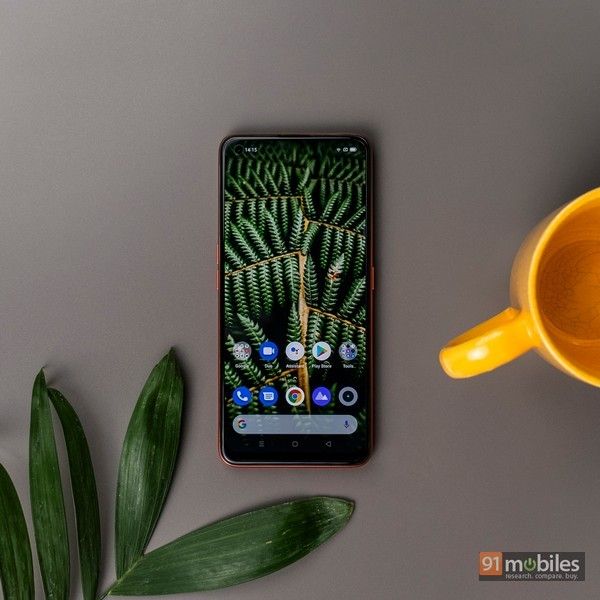
Design and display
- Display: 6.4-inch Super AMOLED
- Resolution: FHD+ (2,400 × 1,080)
- Refresh rate: 60Hz
- Protection: Gorilla Glass 5 front
- SIM: Dual nano
- Connectivity: USB Type-C
While the Realme X7 can’t brag about a premium glass design, it offers the next best thing courtesy its polished polycarbonate back with a matte-like finish which acts as a deterrent to fingerprints. Realme gloats about getting some inspiration from outer space that seeps into the colour scheme on the X7. To its credit, the Realme X7 is very smooth to the touch and the AG shower coating will leave a pleasant impression. The phone is quite light in the hand weighing in at 176g and bearing a thickness of 8.1mm. The relatively narrow frame and the gently sloping edges give the device a very easy grip. As is usual with Realme devices, there is a clear silicone case included in the pack to prevent damage.
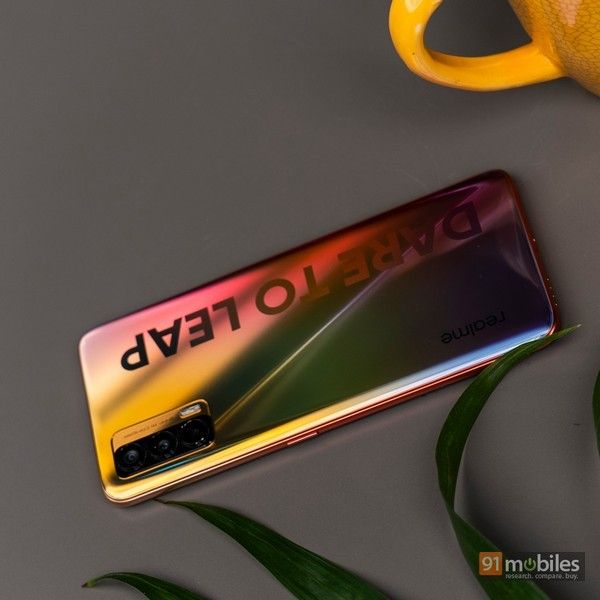
A triple-camera housing is present on the top left, arranged vertically alongside the flash module. It does create a slight wobble when placed on a flat surface which can be eliminated if you use the case. A tactile volume rocker is present on the phone’s left side and is quite easy to reach as is the power button on the right. Realme is slowly but surely moving to a future without the headphone jack. That is kind of understandable as the brand is also selling worthy and VFM wireless alternatives in the form of the TWS Buds Air. However, if the wired aficionado in you cannot be tamed, Realme does give you a 3.5mm to Type-C adapter in the box. The dual-SIM slot along with the speaker grille and USB-C port is present on the bottom. Unlike the X7 Pro, you do not get a stereo sound setup but the phone does come with Hi-res audio certification. If I had to rate the X7 amongst its peers, the phone falls just slightly behind the incredibly sleek Vivo V20 (review) whose colour choice, chassis design and camera housing are mesmerising. Even so, it is apparent to me that Realme has spent effort on the X7’s craftmanship and it will not be disappointing its users.
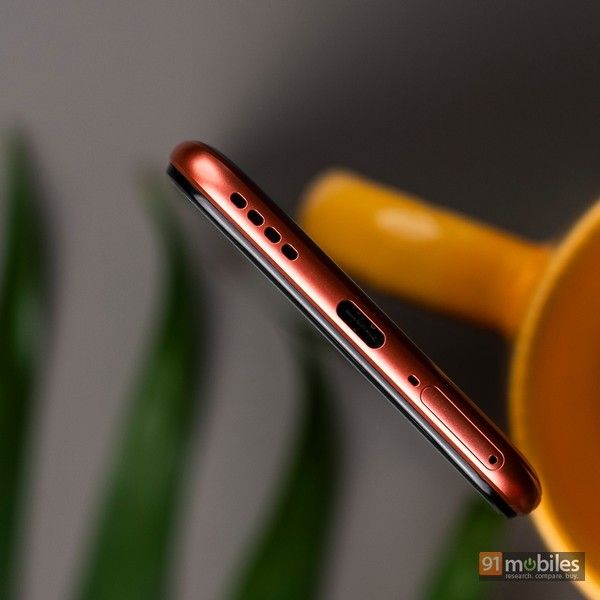
The display on the Realme X7 measures 6.4-inch diagonally and is a Super AMOLED panel with FHD+ resolution. As compared to the X7 Pro, the X7 only offers a 60Hz refresh rate, but that can be expected given the pricing of the latter. There is very little visual difference between the 5 month-old Realme 7 Pro and the Realme X7’s panel. Both phones pack in bright, punchy and quite colour accurate panels. Since it’s an OLED display, you get deep blacks across the screen and colour shift at different viewing angles is very much non-existent. The punch hole cutout, present on the top-left, covers a minuscule area and the bezels surrounding the panel are equally trim.
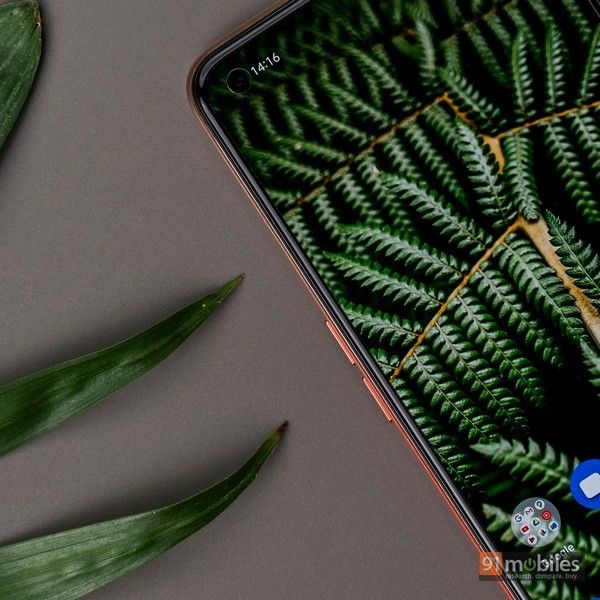
Apart from that, the X7 offers the same set of display customisation options as on the X7 Pro. This includes the OSIE visual optimisation for enhanced colours while viewing videos, toggles for eye care and dark mode, the ability to set the colour temperature and adjusting the brightness. HDR certification is not present on the Realme X7 but you do have WideVine L1 support for viewing HD content on OTT platforms. With a 180Hz touch sampling rate, the panel is pretty responsive as well. The display can attain a peak brightness of 600nits which is just about in the acceptable range but there were times when I had to squint while viewing content on a very bright day. If you are someone that prefers a high refresh rate LCD display over a colour accurate AMOLED with a 60Hz, then you should take a look at something like the POCO X3 (review). For most others, the Realme X7’s panel shouldn’t disappoint when it comes to offering a good viewing experience.
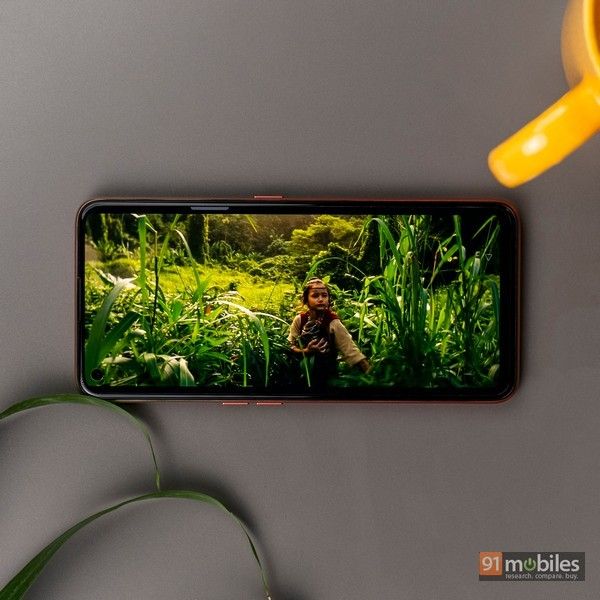
Cameras
- Rear cameras: 64MP main, 8MP wide-angle, 2MP macro and 2MP B&W
- Front camera: 32MP
- Video shooting: 4K @ 30/60fps, 1080p @ 30/60/120fps, 720 @ 30/60/120/240fps
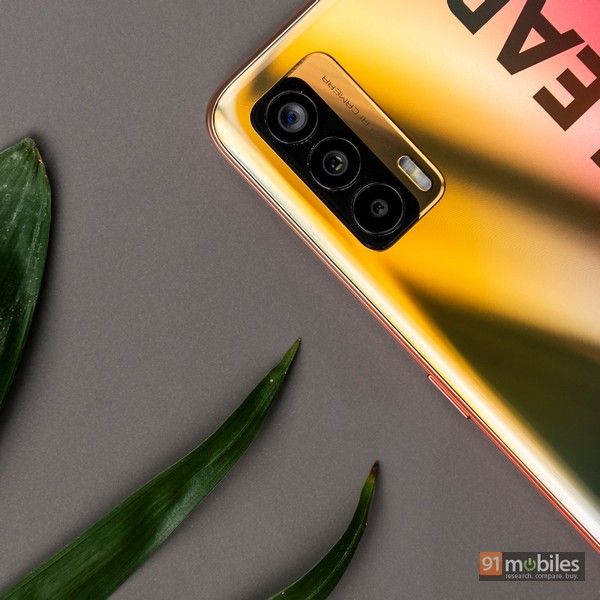
The triple-camera system on the Realme X7 is headlined by a 64MP primary lens which is different than the one used on the Realme X7 Pro. On the latter, you get the flagship Sony IMX686 sensor while the former has to contend with the Samsung ISOCELL GW2. Supporting it are the 8MP ultra-wide and 2MP macro sensors, while on the front you get a 16MP selfie camera housed in the punch-hole. The primary shooter brings in a lot of clarity and detail when clicking normal pixel-binned shots. There is, however, a slightly overall oil pastel-y look to the photos and the colours come out a bit brighter than I would like. However, the sensor’s dynamic range and exposure handling is quite up to the mark. Even under an overly bright sun, the blue tinge of the morning sky is brought out quite well. The 64MP UHD mode allows for more details to seep into the shots, but that comes at the expense of the proper dynamic range. Focusing is as fast as can be expected from a mid-range device and there is minimal shutter lag. The portrait mode uses computational algorithms to separate the subject from the background. While the overall blur is pretty nice, edge detection can get a bit iffy. Finally, there is the 2MP macro sensor which has a focal length of about 4cm and can capture colour accurate shots, but lacks details.
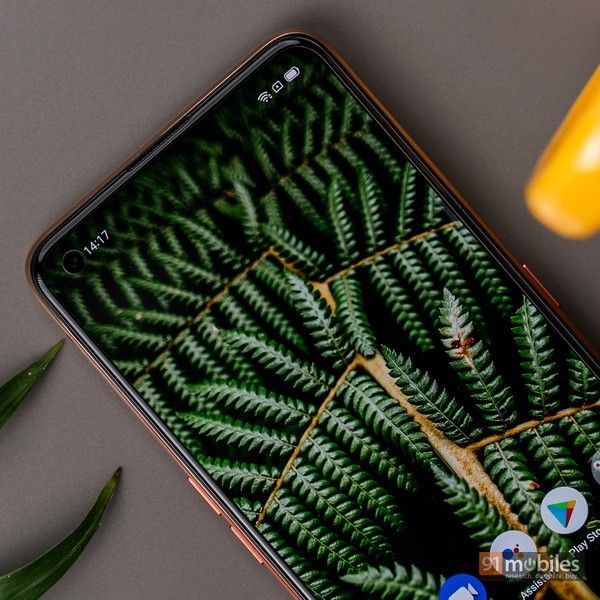
In low light, the phone can churn out some great photos and this is without the use of the dedicated Nightscape mode. Assisted by some nearby lighting, shadows and highlights are brought out quite well. There is a slight lag while focusing in extreme low-light, which is to be expected. Realme’s Nightscape mode for enhanced details at night falters somewhat in that it tends to overexpose and also oversharpen the shots, smoothening out details. This was a problem I had faced on the X7 Pro as well. With sufficient ambient light however, you do get some good colours. Realme has previously improved its night mode capabilities in earlier phones and I believe that the company will work to enhance it on X7 series as well. While most of us will let the AI decide on how best to take in the details of a particular low-light shot, camera enthusiasts can also use the ‘Pro’ night mode. Here you will be able to manually adjust the ISO, White Balance, Shutter Speed, and more for fine-tuning.
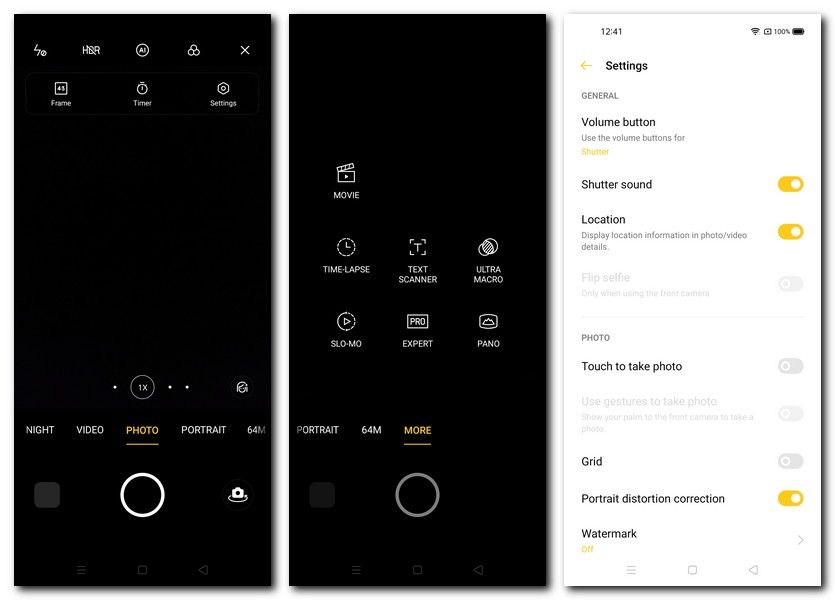
As far as video taking abilities go, the Realme X7 supports 4K recording but only at 30fps, while 1080p recording can be done at 60fps. For super slow-mo, the max frame rate at which you can shoot is 240fps at 720p. The front selfie shooter, with its small f/2.5 aperture, manages to take detailed and feature-rich selfies with accurate skin tones. I have come to expect some amount of facial smoothening in Realme phones and the X7 matches those expectations. Nevertheless, I was quite satisfied with how the shots turned out, especially in portrait mode. The small aperture on the lens means that at night selfies are slightly underexposed but the on-screen flash does enough to bring out quite a lot of details. As a whole, I was quite impressed with the Realme X7’s capabilities as a daylight shooter. An improvement in the night mode is likely to make it one of the best camera experiences in its segment.
Performance
- Chipset: MediaTek Dimensity 800U
- RAM: 6, 8GB
- Storage: 128GB, non-expandable
- Software: RealmeUI with Android 10
The Dimensity 800U on the Realme X7 is MediaTek’s 7nm-based SoC that has been introduced for the first time in the Indian market, and supports 5G. The chipset is competing against Qualcomm’s latest mid-range offering, the Snapdragon 750G. You might wonder how MediaTek fares and the answer is pretty well. The pricing for the SD750G-powered Moto G 5G (review) and Mi 10i (review) starts at Rs 20,999 which is comparative to the Realme X7’s starting price of Rs 19,999. When I compared benchmark results, the X7 and Mi 10i are pretty much neck-to-neck. On Geekbench the X7 scored 597 in single-core and 1,789 on multi-core scores while on the Mi 10i’s side you have 659 and 1,999 respectively. Looking at Antutu, the Realme X7 moves marginally higher with an overall score of 335,217 while the Mi 10i is just behind at 328,730. I have the 8GB RAM + 128GB version of the phone but the starting price will get you 6GB RAM with the storage remaining the same.
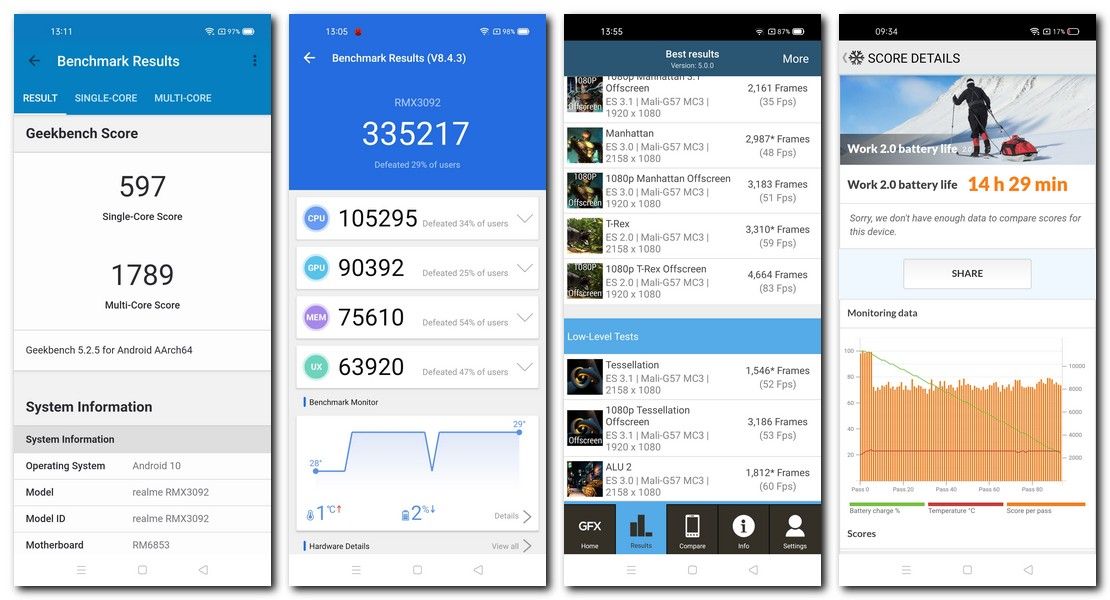
When I used the Realme X7 as my daily driver, there were very few things to complain about. I won’t bore you with the usual multi-tasking and app opening performance, which is something that any phone in its price range can do well. Instead, I was quite impressed with how power efficient the Realme X7 was. I was downloading multiple video files over Chrome all the while browsing on Instagram and switching to YouTube regularly for about 30 minutes. While all tasks were performed seamlessly and without lag, I was quite surprised that the battery had drained by just 6 percent. During this time the phone’s temperature only rose by 6 degrees which is again quite impressive.
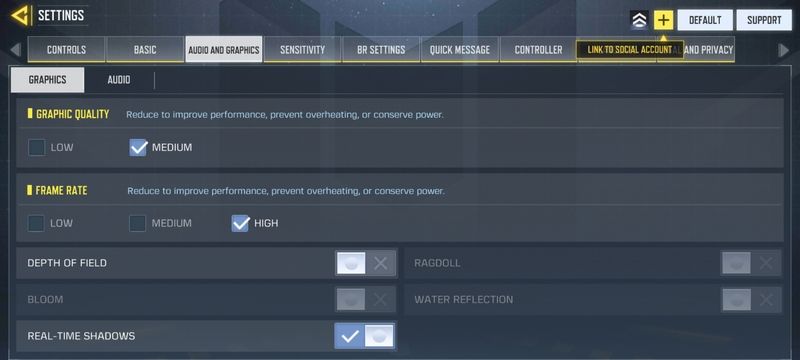
However, GPU performance is lacking on the phone or at least it is on Call of Duty Mobile. Graphics Quality can only be set to Medium while the Frame rate option is capped at High. For comparison, the Realme 7 Pro’s Snapdragon 720G can run the game at High Graphics quality alongside High frame rate. There were occasional frame drops and jittering when I had exceeded my playtime above an hour on the X7. I believe that in time there should be an update which will enable higher graphics settings but for now, high-end gaming is an issue. Any low-level gaming task such as Angry Birds or Subway Surfers should not be a problem.
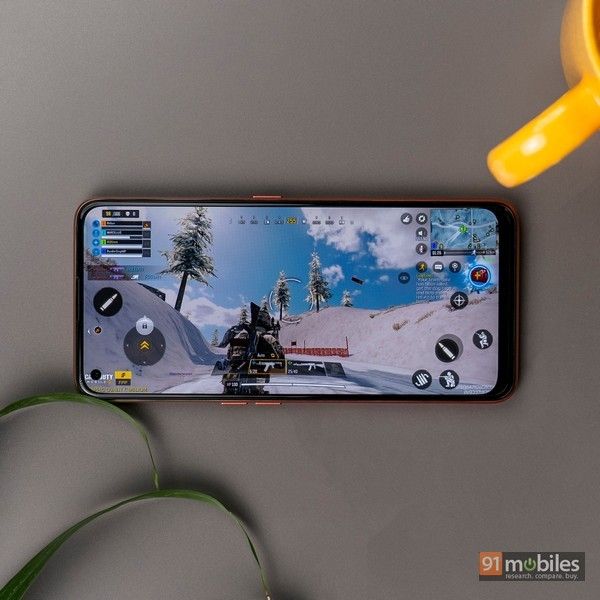
Other features on the phone include a snappy in-display fingerprint sensor and face authentication mechanism. There is no official IP rating on the X7 but the company has said that the device is splash-proof, with silicone sealing along all ports. Even so, I would advise against taking this phone out for a dunk in water. Also, as mentioned above, the phone is Hi-Res audio certified which should amplify your listening experience through compatible headphones/earphones. As far as the X7’s 5G support is concerned, it can’t really be the deciding factor as of now. While the next-gen networks are not so much in the distant future, their introduction in the Indian market this year is dubious at best. None of the telcos except for Jio seem to have a concrete plan for 5G rollout as of now. I would advise waiting another few months before making purchase decisions based on a device’s 5G capabilities, especially if it’s an affordable or a mid-range smartphone. You do get the usual fast LTE/4G speeds provided there is good coverage in the area. I tested the phone on Indore’s Jio circle and faced no issues of call drops. The microphone and earpiece quality were also up to the required standard. Lastly, I was impressed with the depth and clarity of the single bottom-firing speaker although I would’ve prefered a stereo setup which is present on the similarly-priced Realme 7 Pro.
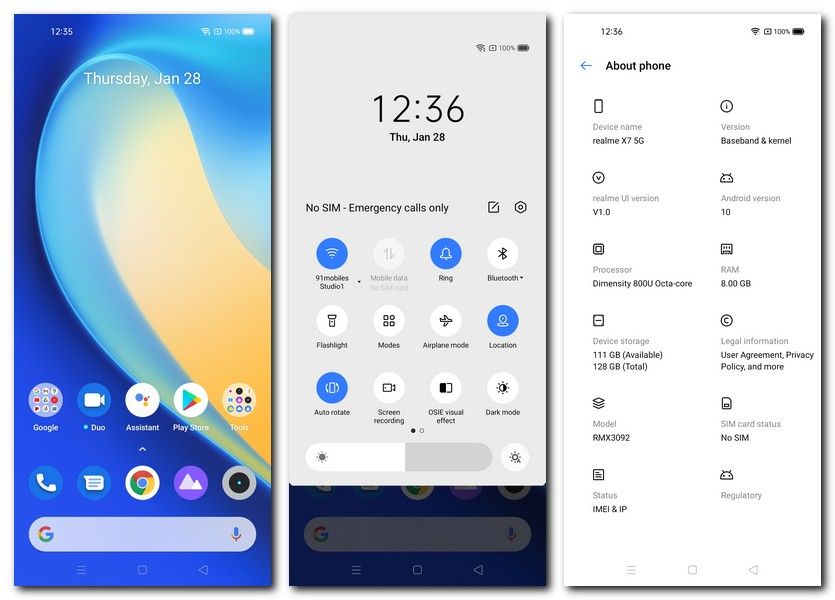
I was disappointed to see that the Realme X7 still ships with Android 10 out of the box when most of its contemporaries have already transitioned to Android 11. You get the RealmeUI skin which is more stock Android-like than before, but the bloatware is still present. I have covered the features of Realme’s custom Android skin in detail while reviewing the X7 Pro. In short, I would be quite happy if the switch to Android 11 happens soon but otherwise, there is very little to dislike in RealmeUI.
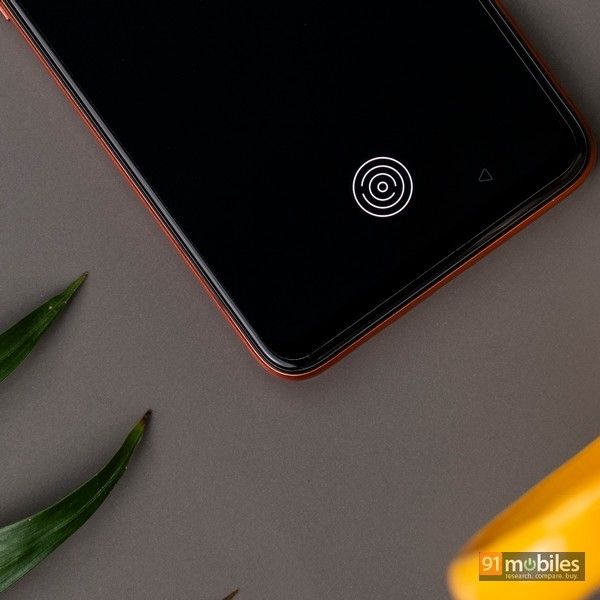
Battery
- Battery: 4,500mAh
- Charging speeds: 50W FlashCharge
- 0-50 percent: 19 minutes
Packing in a 4,300mAh battery, the Realme X7 does not inspire confidence for more than a day of usage. However, like the Pro model, you do get superfast charging speeds. In the case of the Realme X7, the battery uses the 50W SuperDart charging solution. Even so, Realme has gone ahead and included a 65W charger inside the box if you have any compatible Realme phones lying around. As expected, the X7 gets juiced up in an incredulously fast time: 15 percent in 6 minutes, 50 percent in 19 minutes and a full charge in close to 50 minutes. Realme has employed its usual battery optimisation techniques which conserve the charge when the phone’s screen is off or the device is in sleep mode. The Dimensity 800U’s power efficiency also helps in this regard. I ended most days with about 20 percent battery left and a screen-on time of nearly 6 hours. PCMark’s Battery 2.0 test yielded a score of 14 hours and 29 minutes, which is more than acceptable given the Realme X7’s battery capacity.
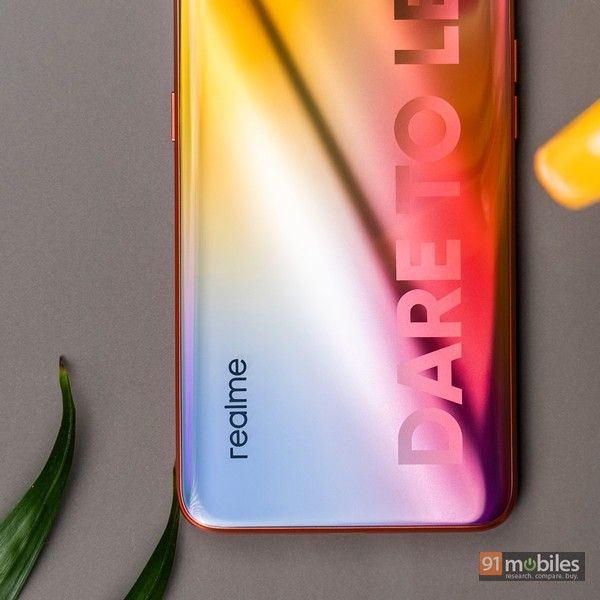
Final Verdict
Looking at what the Realme X7 has on offer, it does seem like a tempting deal. The new MediaTek Dimensity 800U seems very promising in terms of both performance as well as power efficiency. Games don’t appear to have been optimised to utilise the GPU, at least as far as Call of Duty Mobile is concerned. However, I hope that a future OTA update will improve that aspect. The X7 also gives you decent camera performance but as the Pro model, some tweaks are necessary on the phone’s night mode. As a user buying a mid-range smartphone in 2021 you would expect Android 11 out of the box, which is something both the X7 phones lack. Again you can expect Realme to push an update soon but it might be something to keep in mind while purchasing the X7. Lastly, you get marginally slower 50W charging as compared to the 65W seen on the Realme 7 Pro. Even so, that’s not a substantial difference as the Realme X7 can still juice up in less than 50 minutes.
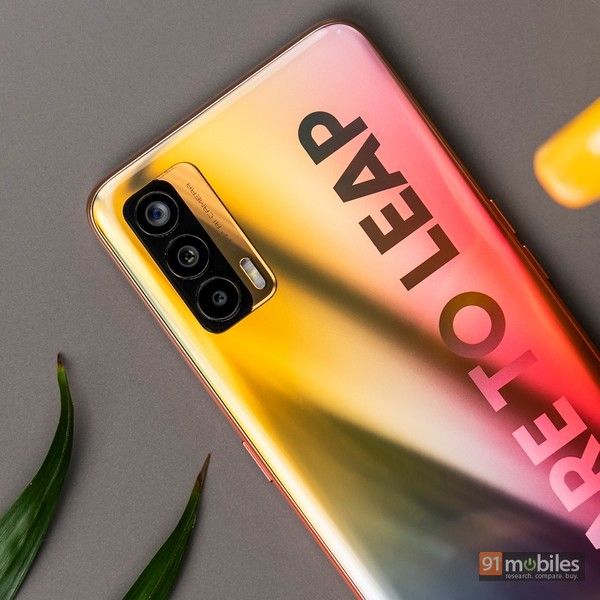
Talking about the competition, there is the POCO X3 which packs in the capable Snapdragon 732G chipset, a 120Hz display, a huge 6,000mAh battery and more. However, its bulky design, LCD panel and slower charging speeds play to its detriment. Then there is the Mi 10i which, among other things, packs in a 108MP sensor and a marginally bigger battery. If you love a clean stock Android experience and substantially large 5,000mAh power backup, then the Moto G 5G can also be put up for consideration. Inside the brand, there is competition from the Realme 7 Pro which does benefit from an extra mono lens in its camera system and faster 65W charging speeds but is marginally behind in performance. I think that the Realme X7 is a device for those who are going to appreciate the thin and light design, nice daylight photography, power-efficient processing and the promise of futureproofing through 5G.
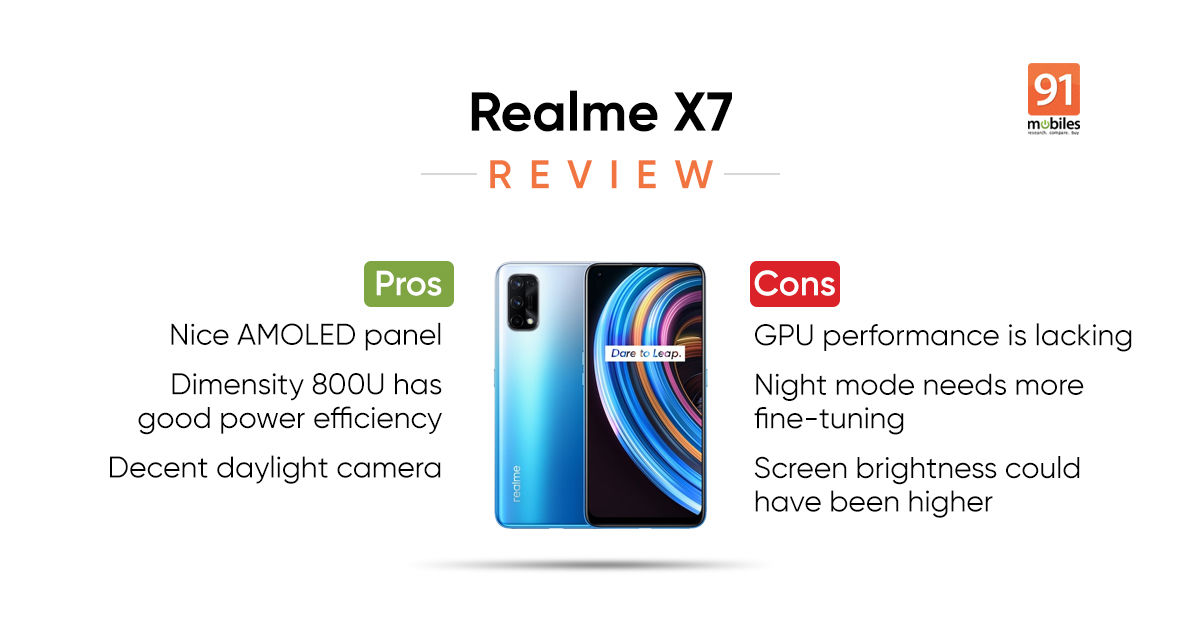
Editor’s rating: 3.5 / 5
Pros
- Nice AMOLED panel
- Dimensity 800U has good power efficiency
- Decent daylight camera
Cons
- GPU performance is lacking
- Night mode needs more fine-tuning
- Screen brightness could have been higher

























